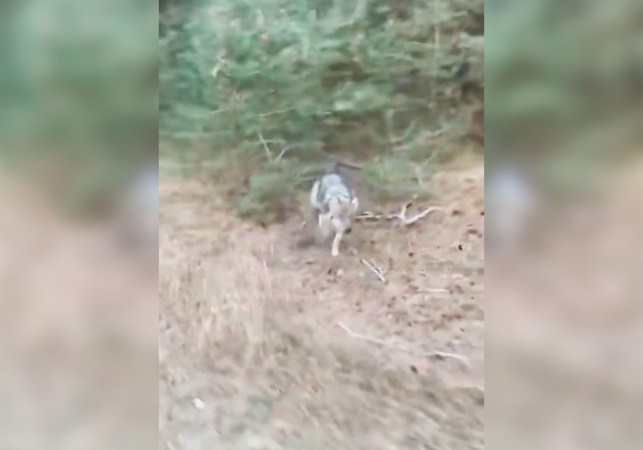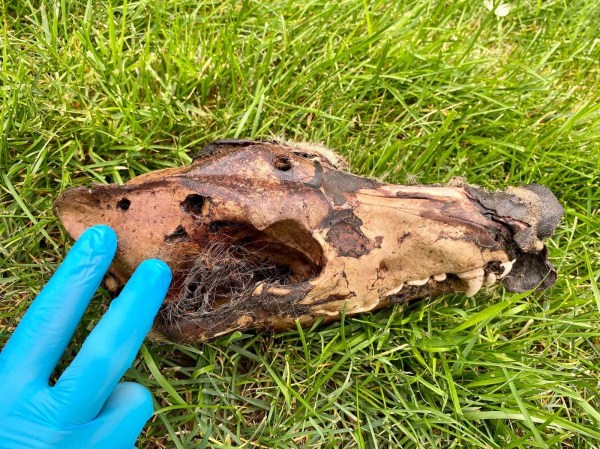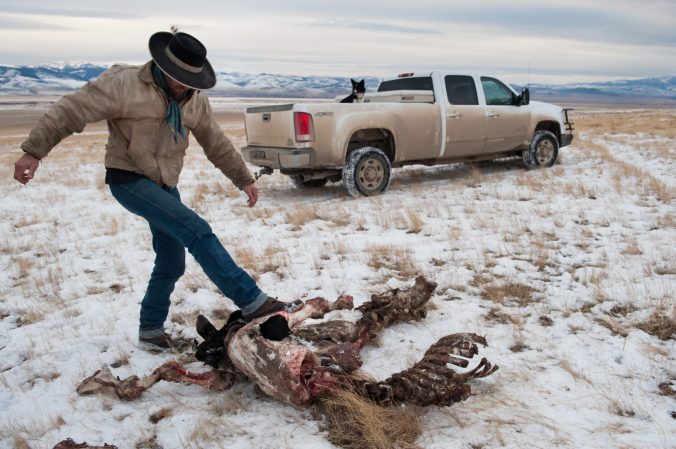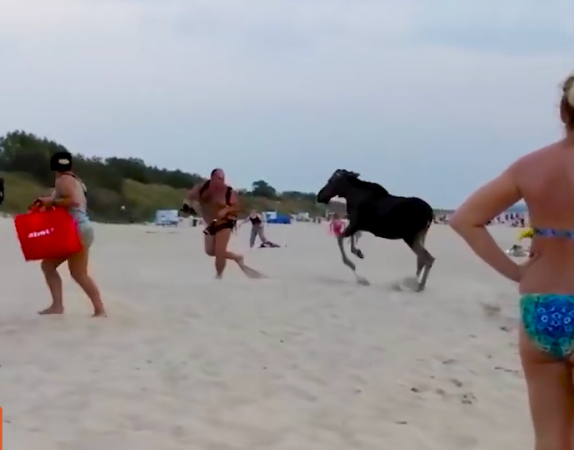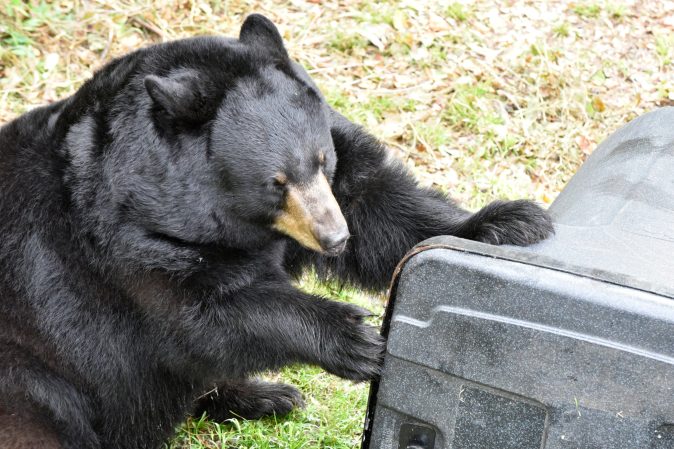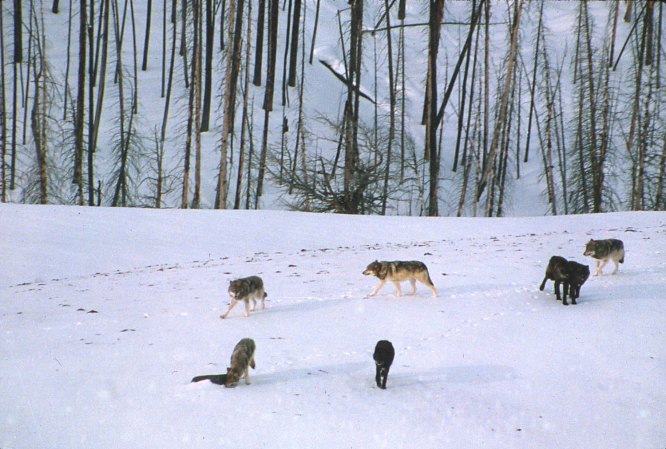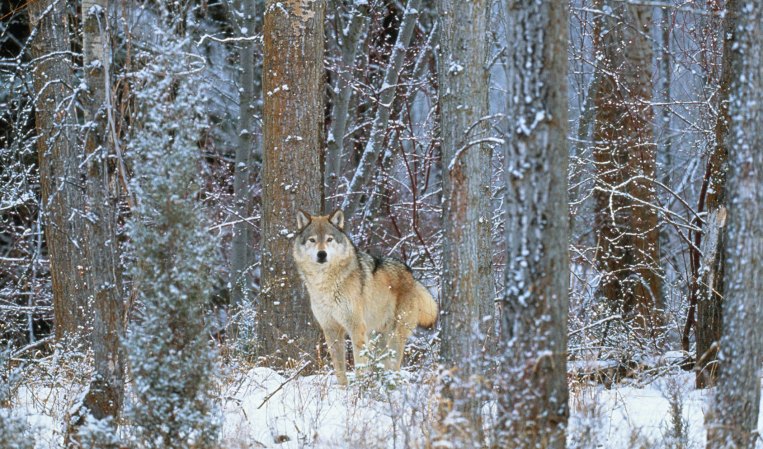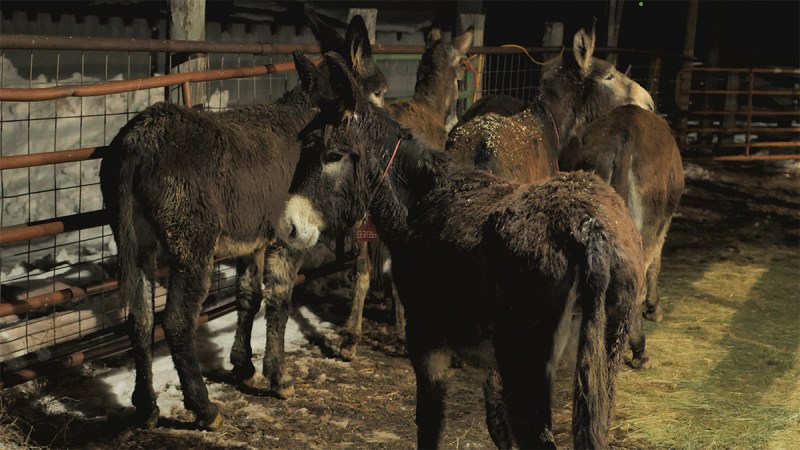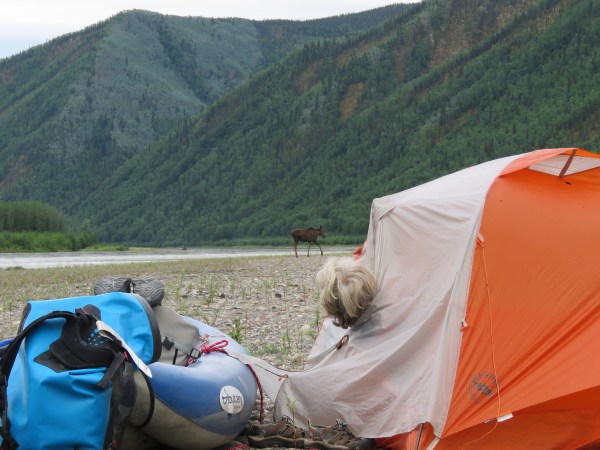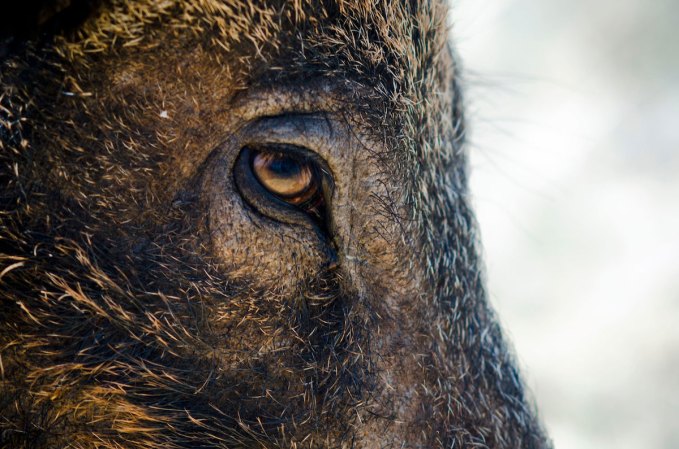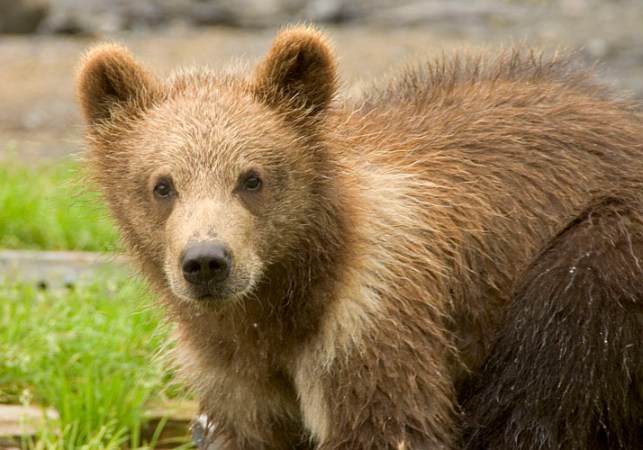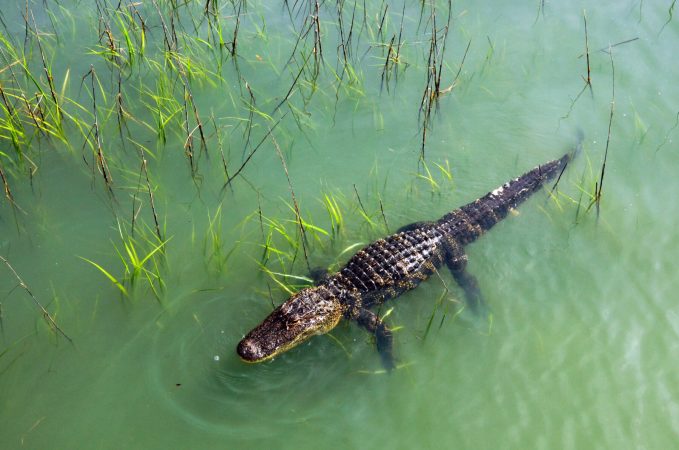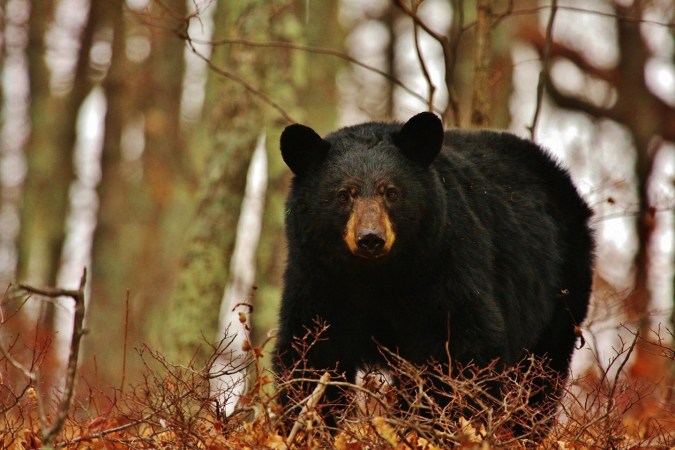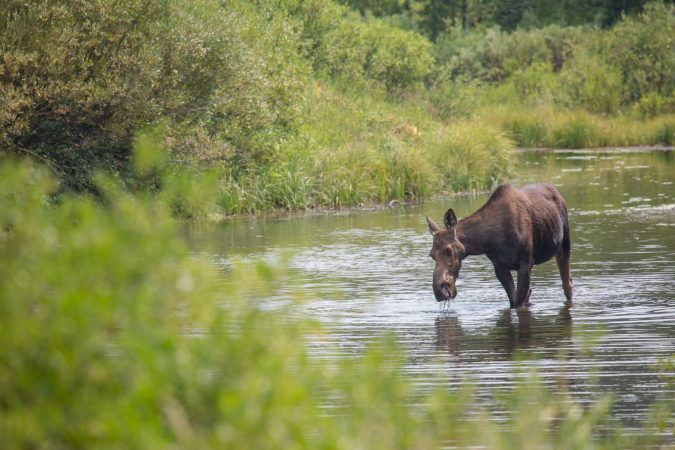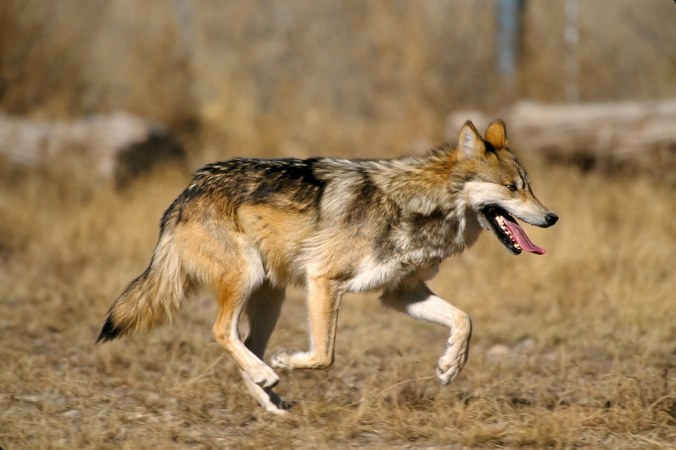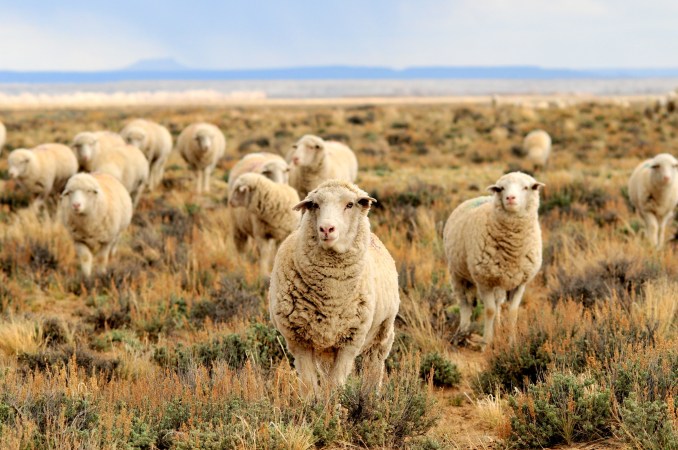As wolves expand across western North America, the chances of humans encountering them while working or recreating outdoors increases, too. While there are standard procedures for bear and mountain lion encounters, what to do when you see a wolf is less well known. The first question that might come to mind is whether you’re in danger. Here’s the good news: Experts say that even though it is possible for wolves to attack humans, it’s quite rare.
“They are extremely timid and shy as a species. Of all the large animals, anything larger than a coyote in Yellowstone, wolves are actually the one I’m concerned about the very least,” says wolf researcher Kira Cassidy. “They’re at the bottom of that list of dangerous animals on the landscape. They’re even afraid of our camera traps.”
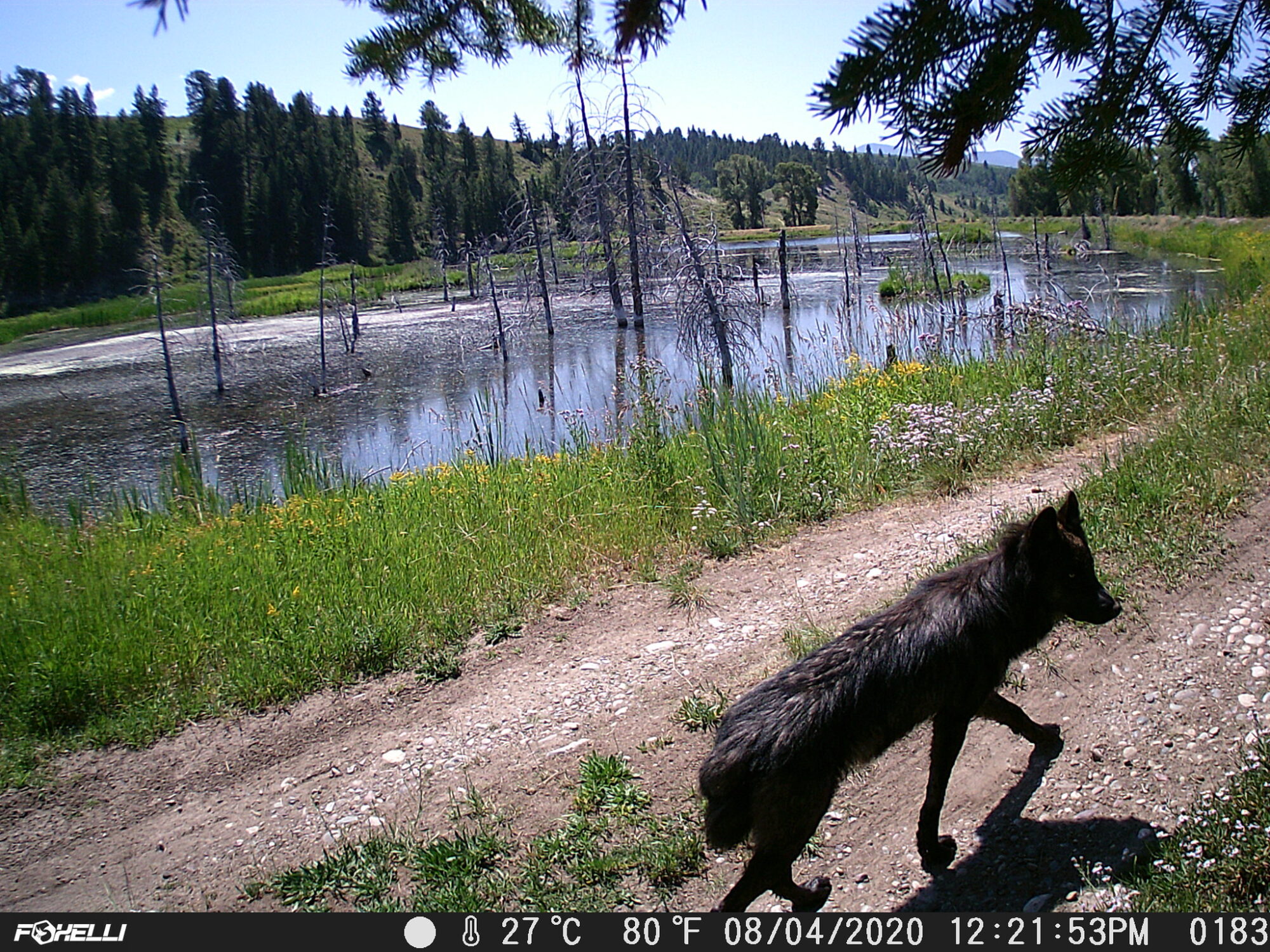
Cassidy works for the Yellowstone Wolf Project, which is administered through the National Park Service and Yellowstone Forever. She has worked with wolves for 16 years. She explains to Outdoor Life why wolves should be the least of humans’ concerns in the backcountry.
Don’t Fear the Wolf Attack
There have been two fatal attacks caused by wild, healthy wolves in recent history in North America, Cassidy says. One occurred in Saskatchewan in 2005, and another in Alaska in 2010. Before then, the last recorded fatal attack by wolves that weren’t either captive or rabid were in Canada in the 1920s. The last one in the continental United States was in northern Michigan in 1893.
Nonfatal attacks are more common. The last predatory attack in the Lower 48 occurred in Ely, Minnesota in 2019. Most attacks occur in rural Canada, Alaska, or the extreme northern reaches of the Lower 48. Captive wolves are more likely to attack humans than wild ones. Rabid wolves are more likely to attack a human than a healthy wolf, but rabies outbreaks are almost unheard of in North American populations.
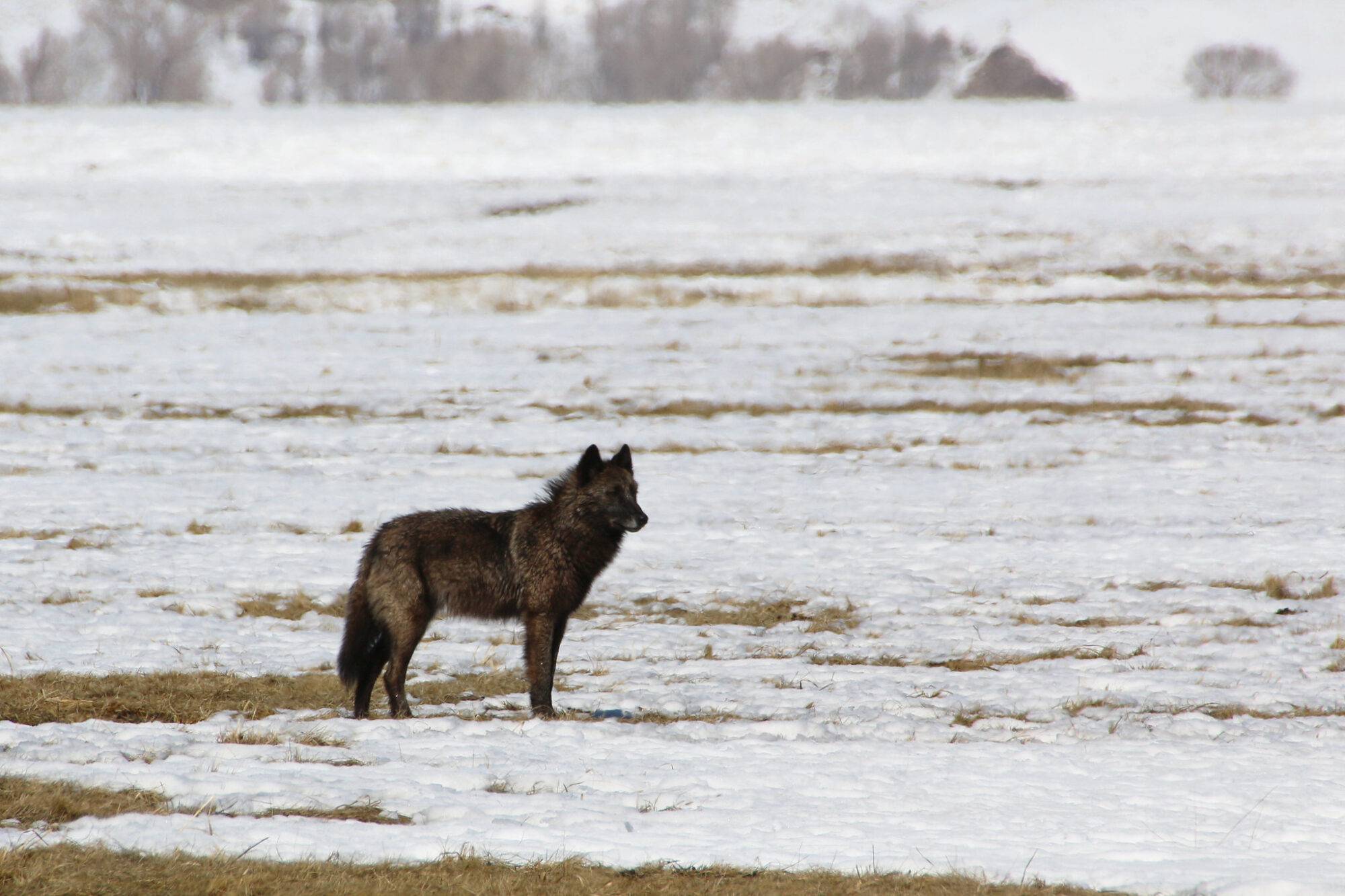
In short, while wolves have been known to attack humans in the past, predatory, wild attacks not prompted by rabies or inappropriate behavior on the part of the victim are extremely rare.
“There are some people who wonder if they are dangerous to us. I would say that is a much smaller issue [than people might think],” Cassidy says. “Pretty much everything else you run into in your life will be more dangerous than a wolf.”
What to Do If You See a Wolf
Wolf encounters in the wilderness should be treated similarly to black bear encounters or mountain lion encounters. If you come across a wild wolf 100 yards away or more, you’re probably safe, but shouldn’t get any closer. If that wolf starts moving toward you Cassidy says you should:
- Make yourself as big as possible
- Make noises to communicate that you are a human (especially with anything metal)
- Back away slowly
- Don’t turn to run: this could trigger their predatory instincts
- Throw items at the wolf to deter it
- Be ready to use bear spray
Unlike with mountain lions and bears, dogs are attractants for wolves, Cassidy explains. She recalls a time when she was hiking near Jardine, Montana, with her dog and she saw a pack of wolves. Her dog sniffed the air and whined, and eventually let out a yip when Cassidy tried to recall him with his e-collar. When he did that, a group of three wolves started running straight at them. Cassidy made herself big and shouted. Two of the wolves, both younger, stopped and turned around to walk away. But the older wolf stayed about five yards from Cassidy and her dog. Eventually it turned and walked away as well, but it clearly thought the dog was a potential rival for food or territory.
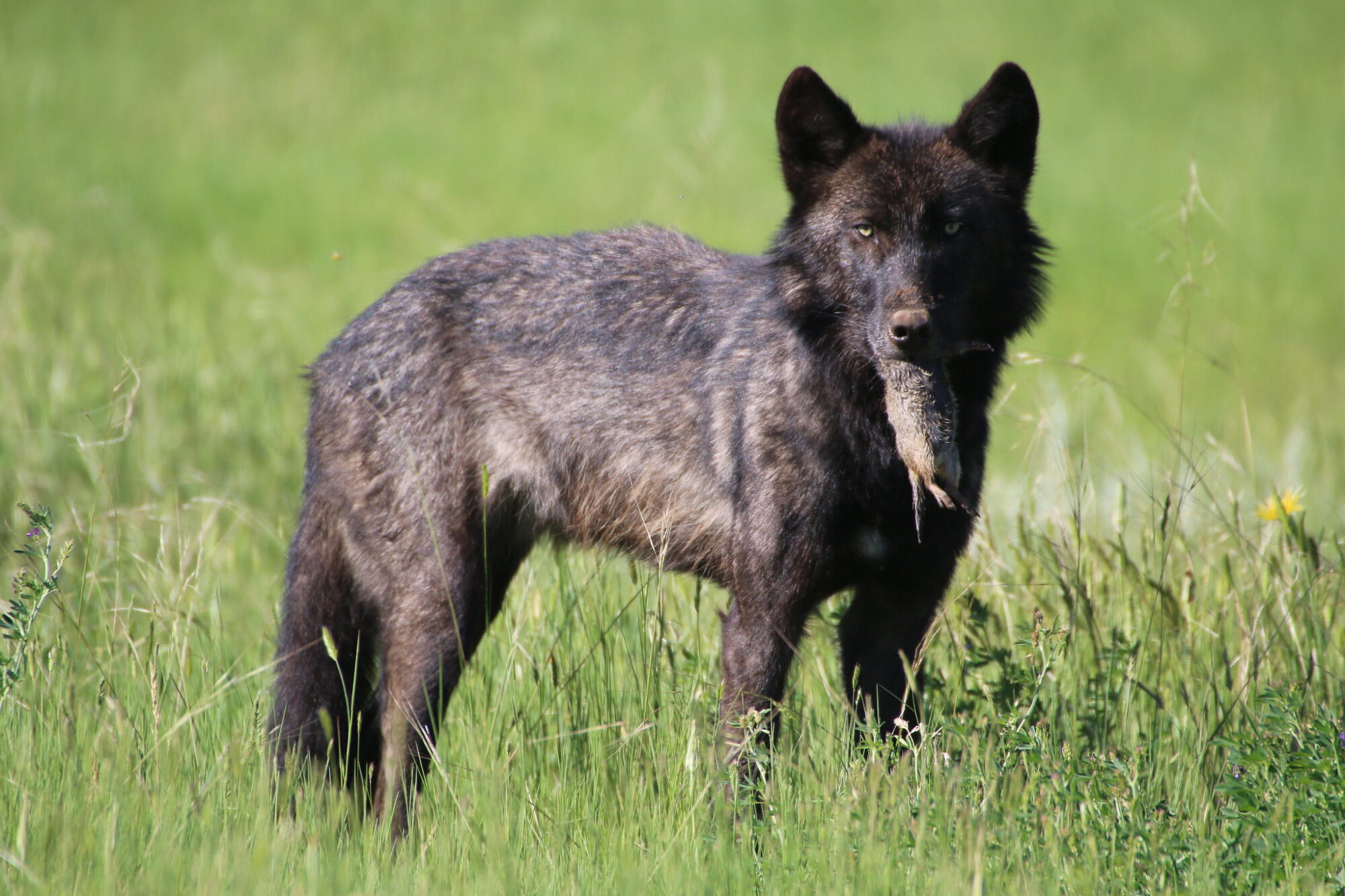
“I know that wolves see dogs as competitors and will attack them and sometimes kill them,” she says. “I always hike with bear spray, so I got out my bear spray, but by the time about 30 seconds passed, the wolves all left the area and we left too. If [my dog] had not come to me when I called him, or if he had just run a bit further, it definitely could have ended differently.”
A Brief History of Humans and Wolves
The Western European fear of wolves attacking humans might stem from the Middle Ages during the Black Plague, Cassidy explains. Humans saw wolves scavenging on dead or still-dying bodies of family members and loved ones who died from the plague. From that point forward, folktales like always positioned the carnivores in the dark, mysterious woods, just waiting to pounce on small children and devour the elderly.
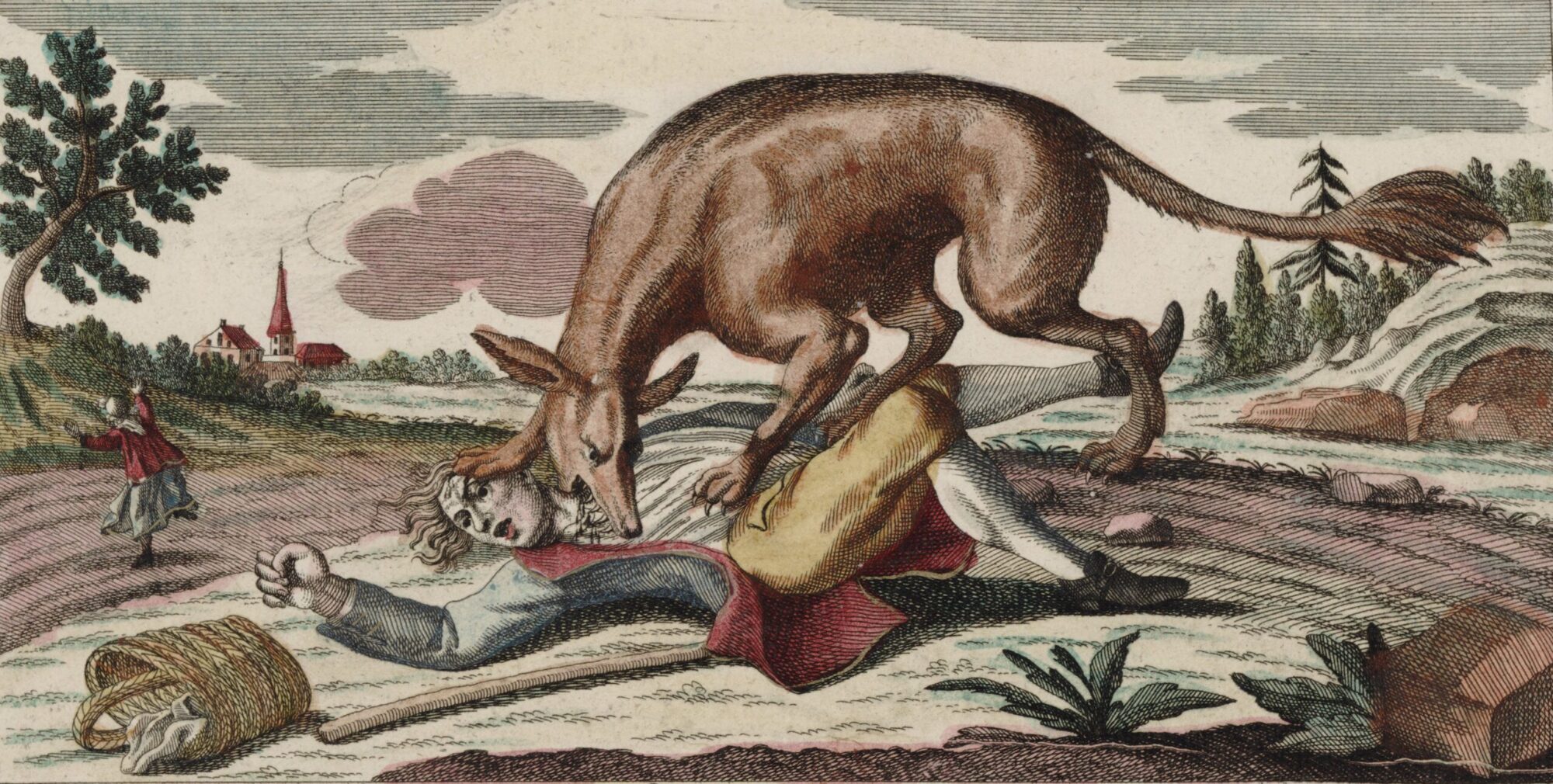
When Europeans and Russians colonized North America, they brought that fear with them to a place where Indigenous populations had grown and evolved with wolves for thousands of years. Trapping and market hunting in Alaska expanded voraciously as Russians and Europeans discovered the value of the fur economy, trading with Natives and each other.
Federal trappers like Frank Glaser eventually made a living off of predator control in Alaska, where natural resource extraction and development grew fast and brought more people to wolf country. If you ask Glaser (also known as Alaska’s Wolf Man), wild, healthy wolves don’t pose much risk.
“I don’t know of a single proven instance of a normal wolf attacking a human,” he told OL writer Jim Rearden. “As long as a man is alive, I think he’s safe from attack by wolves in the wild.”
As more people pushed West, livestock also became more prevalent across the continent and wolves became ranchers’ worst nightmares. Wolves were almost fully removed from the Lower 48 by the early 1900s, then listed under the Endangered Species Act in 1974. Since that listing, the Rocky Mountain population has been delisted entirely. Now, Colorado prepares for its voter-supported wolf reintroduction, adding to the pre-existing handful that currently reside in the northern part of the state. Some attitudes toward the apex predator are much the same as they were hundreds of years ago. Fear still exists about running into them in both ranching and wild settings.
Read Next: Will Wolves Attack a Man? A Story from the Archives
“It’s not a big leap to understand how people in Europe certainly started to have this idea of wolves as horrifically evil. They were seeing them eat their relatives that had just died or weren’t quite dead,” Cassidy explains. “Taking that really traumatic event and seeing how it’s pervaded the attitude towards wolves for 600 or 700 years, it’s a bit easier to understand. But it’s not the reality we live in anymore. We can adjust and see wolves for being just another wild animal that occasionally causes problems that we deal with.”


